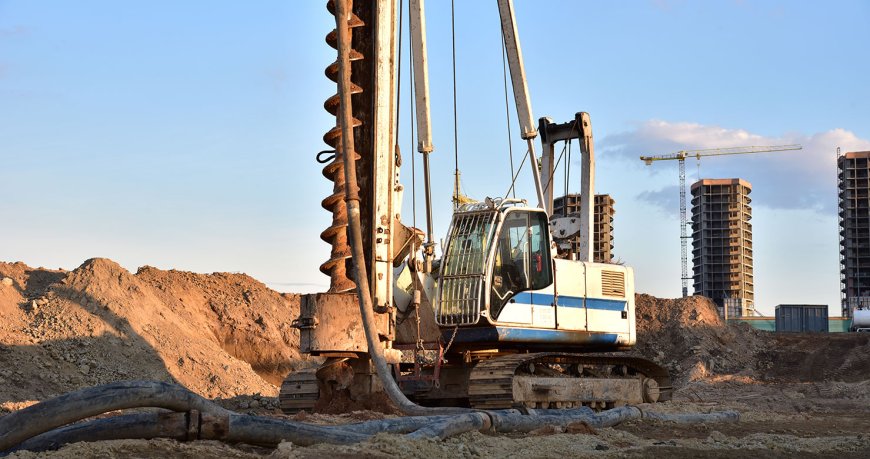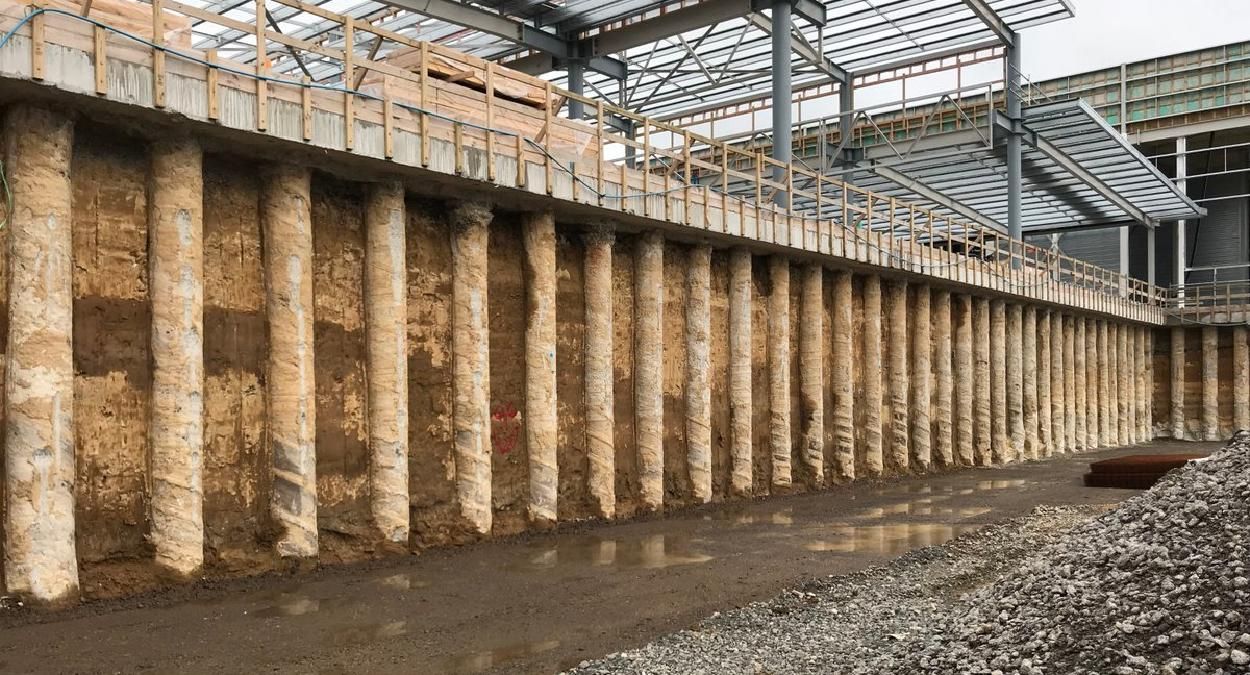Piling and Contiguous Wall Trends in 2025: What Homeowners Should Expect from Contractors?

Piling Contractors London:
As construction practices evolve, piling and contiguous walling have become increasingly essential in residential and commercial development. With cities growing vertically and space becoming tighter, these foundational and structural solutions are more relevant than ever. For homeowners planning renovations, basement conversions, or entirely new builds, understanding the 2025 trends in piling and contiguous wall construction is crucial.
This blog explores what homeowners can expect in 2025 from Piling Contractors London, which specialises in these services. It covers new technologies, materials, regulatory expectations, and the growing importance of sustainable practices.
What Is Piling and Why Is It Needed?
Piling is a deep foundation technique used when the soil near the surface is not strong enough to support a structure. This is often used for:
· New house built on unstable ground
· Extensions or renovations on soft clay or waterlogged soil
· Supporting heavy structures, such as retaining walls or basements
Understanding Contiguous Walls
Contiguous piled walls involve a series of piles placed close together, typically with small gaps. They create a structural wall, most commonly used in:
· Basement construction
· Retaining earth during excavation
· Sites with limited access or boundary constraints
These walls allow for deeper excavation in urban areas where space is tight, without disturbing neighbouring properties.
Piling and Wall Construction Trends in 2025
Greater Use of CFA (Continuous Flight Auger) Piles
2025 CFA piling is expected to dominate domestic and mid-size residential projects. This method uses a hollow auger to drill into the ground and simultaneously fill the hole with concrete as the auger is withdrawn. It causes minimal vibration and is ideal for sensitive sites.
Homeowners can expect contractors to recommend CFA piling for:
· Inner-city basement excavations
· Projects near existing buildings or services
· Sites requiring fast installation with low disruption
Digital Ground Investigation and 3D Modelling
One of the most exciting advances in 2025 is the growing use of digital tools during the planning phase. Contractors now rely on 3D ground modelling, LiDAR scanning, and digital geotechnical reports to design the most suitable piling solutions before a spade hits the ground.
This offers homeowners:
· More accurate cost forecasts
· Reduced risk of delays from unexpected ground conditions
Integration with Waterproofing and Drainage
Waterproofing has always been a challenge in basement construction. In 2025, homeowners can expect integrated packages from contractors that combine:
· Contiguous piled walling
· External tanking membranes
· Internal cavity drain systems
· French drains and sump pumps
Modular and Precast Innovations
Contractors increasingly use precast piling caps and modular retaining elements to reduce on-site labour and speed up builds. While traditional contiguous walls are cast in situ, new systems allow prefabricated panels or caps to be dropped in with cranes, improving precision and reducing wet trade dependency.
This is ideal for homeowners working on tight schedules or building in urban locations with access constraints.
What Should Homeowners Expect from Contractors in 2025?
With innovations and tighter regulations, it’s not just about what’s being built, but how contractors deliver piling and wall solutions.
Clear Communication and Digital Proposals
Expect contractors to provide digital quotes, diagrams, and timelines. They should explain the proposed piling method and any risks, such as groundwater or proximity to neighbouring properties.
Look for contractors who use apps or cloud-based tools to:
· Share updates in real-time
· Coordinate with architects and engineers
· Track project milestones
Compliance with Updated Regulations
By 2025, health and safety regulations will have tightened further. Any contractor working on piling or retaining walls must:
· Be fully accredited (e.g. CHAS, Constructionline, SSIP schemes)
· Follow BS EN 1536 and BS EN 1997 standards
· Provide risk assessments and method statements
Detailed Ground Investigation
Before any piling begins, a competent contractor will perform a soil investigation. Don’t settle for a contractor who skips this step. Understanding the soil's type, depth, and condition helps avoid costly surprises mid-build.
Fixed Prices and Transparent Variations
Rising material costs and supply delays are still impacting construction in 2025. Reputable contractors now offer fixed-price contracts with clearly defined contingencies. They should:
· Break down costs by piling method, material, and wall depth
· Highlight any optional extras (e.g., waterproofing upgrades)
· Explain the scope of work before starting
Post-Installation Certification
After piling and wall construction, expect contractors to provide:
· Load-bearing certificates
· Pile log reports
· Wall integrity test results
· Waterproofing warranties (if applicable)
These documents are crucial for future resale, insurance, and peace of mind.
Conclusion:
In 2025, piling and Contiguous Wall construction will be more sophisticated, environmentally conscious, and digitally managed than ever before. For homeowners, this means better outcomes, more thoughtful planning, and more reliable foundations—literally and figuratively.
If you're planning a home extension, basement, or new build, choose a contractor who stays ahead of the trends. With the right team, you can ensure your foundation is strong, compliant, and ready for the demands of modern living.












































































































































